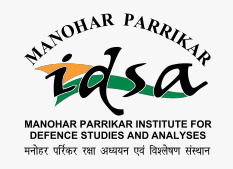After COVID-19: Time to Agree A Biosecurity Code of Conduct Under the Biological and Toxin Weapons Convention
- January-June 2020 |
- CBW Magazine
The devastating COVID-19 disease outbreak of 2020 is likely to cause a profound rethink of how national and international communities deal with such outbreaks whether they are caused naturally, accidentally or deliberately. This paper suggests that now is the time to build on two decades of work within the BTWC and for States Parties to agree on a Biosecurity Code of Conduct under the Convention as proposed by China. Over the past two decades, as part of their attempts to strengthen the BTWC and thereby to help prevent the development of biological and toxin weapons, States Parties have given considerable attention to the potential utility of Codes of Conduct for life and associated scientists. This paper reviews these debates about this novel dual-use ethical challenge within the Convention and concludes that a Code of Conduct should be agreed at the 2021 Review Conference, but that radical reorientation of the mandatory education of such scientists will also be needed to make the agreed code effective.
Download Complete Article [PDF]
Keywords: Biological Weapons, COVID-19




